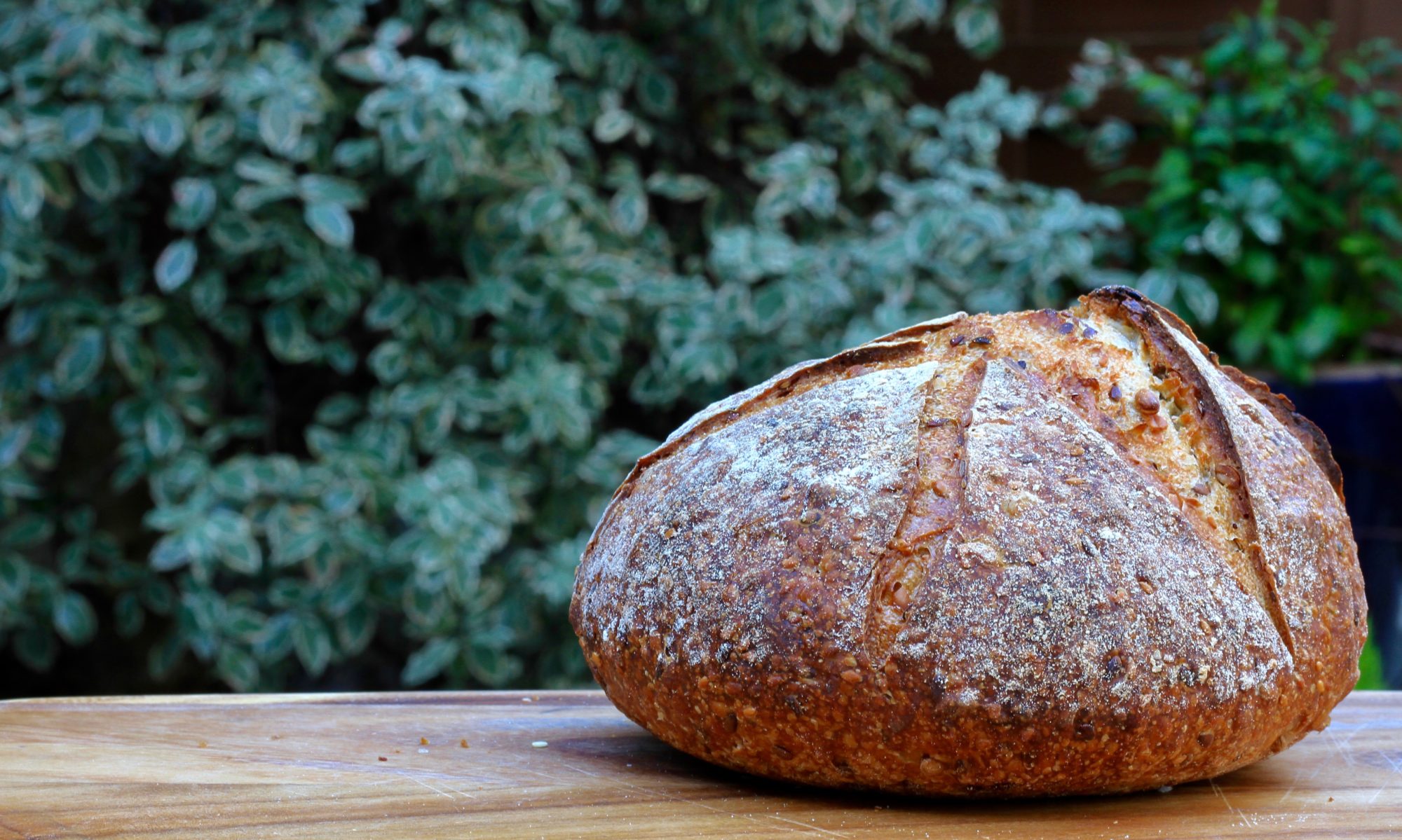Homemade stock
You can make a good stock with any mix of bones, but there are a few things to bear in mind.
- Chicken bones are excellent as they are smaller and easier to cook down. Chicken wings are ideal for making stock, especially if you want some cheap meaty cuts to add to your stock.
- Addition of a few beef or pork bones will add rich flavour. Avoid lamb, as it overpowers, unless you need lamb stock specifically for a recipe.
- You can use raw bones or cooked ones, for e.g. a roast chicken carcass, ribs from steaks, etc.
- The butcher is the best place to get bones, and they will generally part with them for free, or at a small price.
- If you need a very richly flavoured stock, you can roast the bones in advance of cooking them. Just pop them into a hot oven for about 20-30 minutes and roast.
Although you can make the stock in a large stockpot, which will take a few hours, and I do highly recommend using a pressure cooker. Read this informative blog if you want to know more.
You need a good amount of aromatics, and the quantities given below are just an indication. Feel free to throw in ginger or any herbs that you like, including stems, as it will all get strained out. The garlic doesn't need peeling. Other good additions are bay leaves or star anise for an oriental flavour. Plan to use the stock only the day after making it, in order to chill it and take off the fat layer. See notes below about using the fat.

| Prep Time | 10 min |
| Cook Time | 2 hours |
| Servings |
litres
|
Ingredients
Bones
- 1-1.5 kgs bones mix of chicken, pork or beef
Aromatics
- 1 large onion cut into quarters
- 2 celery stalks cut in half
- 1 carrot cut in half
- 10 peppercorns
- 1/2 head garlic
Ingredients
Bones
Aromatics
|

|
Instructions
- Place all the ingredients in the pressure cooker.

- Cover with cold water, until it’s three-fourths full (about 7-8 cups).

- Put the lid and cook on high, until the first pressure builds up. Turn the heat down and cook on low for a minimum of 11/2 hour, but longer if you have larger bones. For beef & pork stock cook for a minimum of 2 hours.

- Turn off and let the pressure drop before opening the lid. Check the bones. The smaller chicken bones should be very soft and you should be able to crush them with a potato masher.

- Strain the liquids using a mesh strainer. I like to use a potato masher to extract as much as possible from them. Once done, discard the leftovers.

- I don’t add any salt. Chill the stock in the fridge overnight. Next day, skim off the fat (don’t throw it, see notes below) and portion and freeze the stock for later use. You can see the photo to see the beautiful jellied stock underneath the fat. It's gloriously good!

Recipe Notes
- The skimmed fat can be stored in the freezer for at least a month or two. It's best to freeze it in an ice cube tray, and then transfer into a zip-lock bag once frozen.
- When using the fat for stir frying, always cover it whilst heating it, as it will have residual stock which will cause it to splutter. Once the spluttering has stopped, you can continue cooking with it.
- It's excellent for all oriental recipes, stir fried veggies, fried rice, etc. Also great for roasting potatoes and other root vegetables.
- We make a delicious simple Chinese soup with this broth, which involves just a few additional ingredients. Email me if you’d like the recipe!
Share this Recipe


